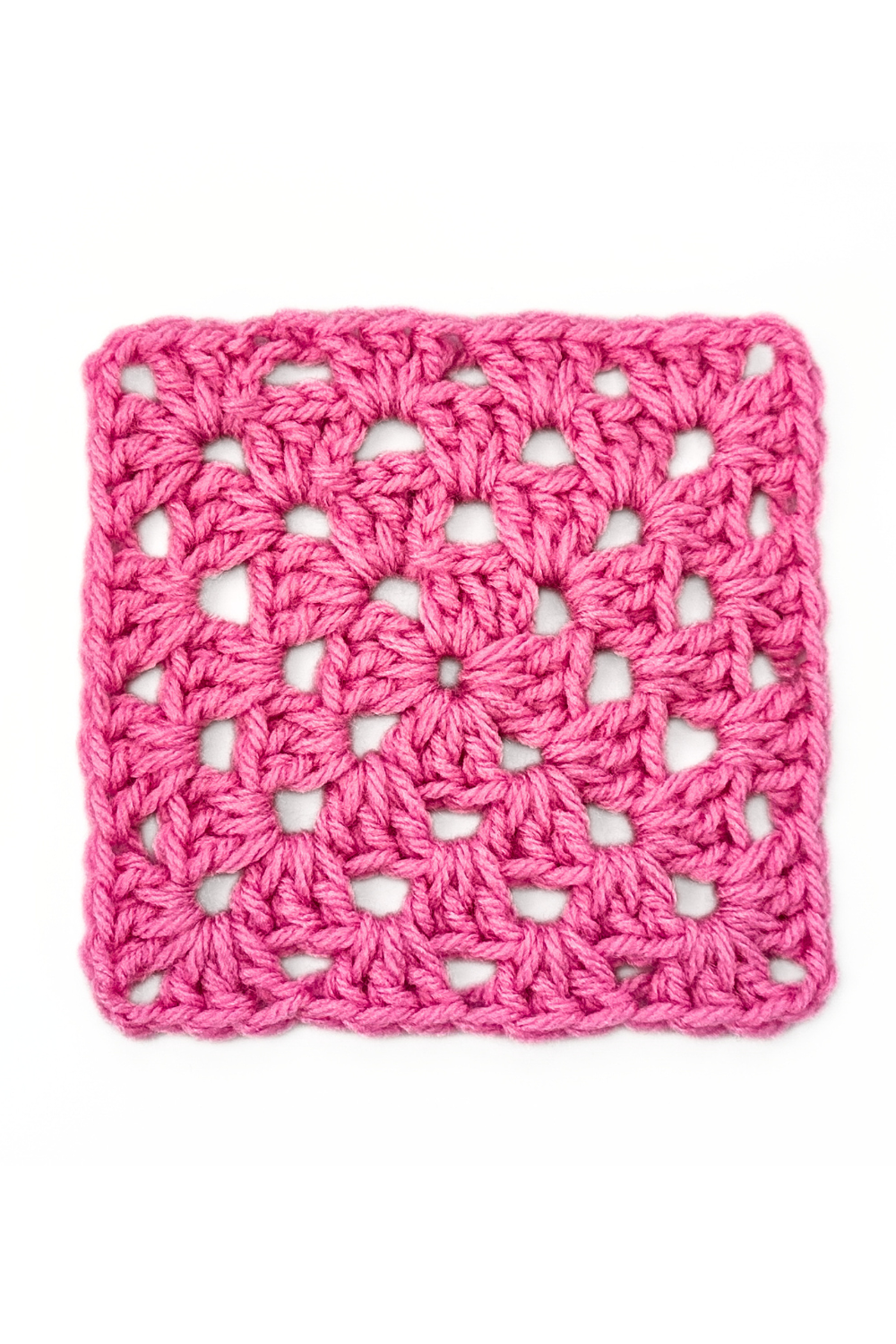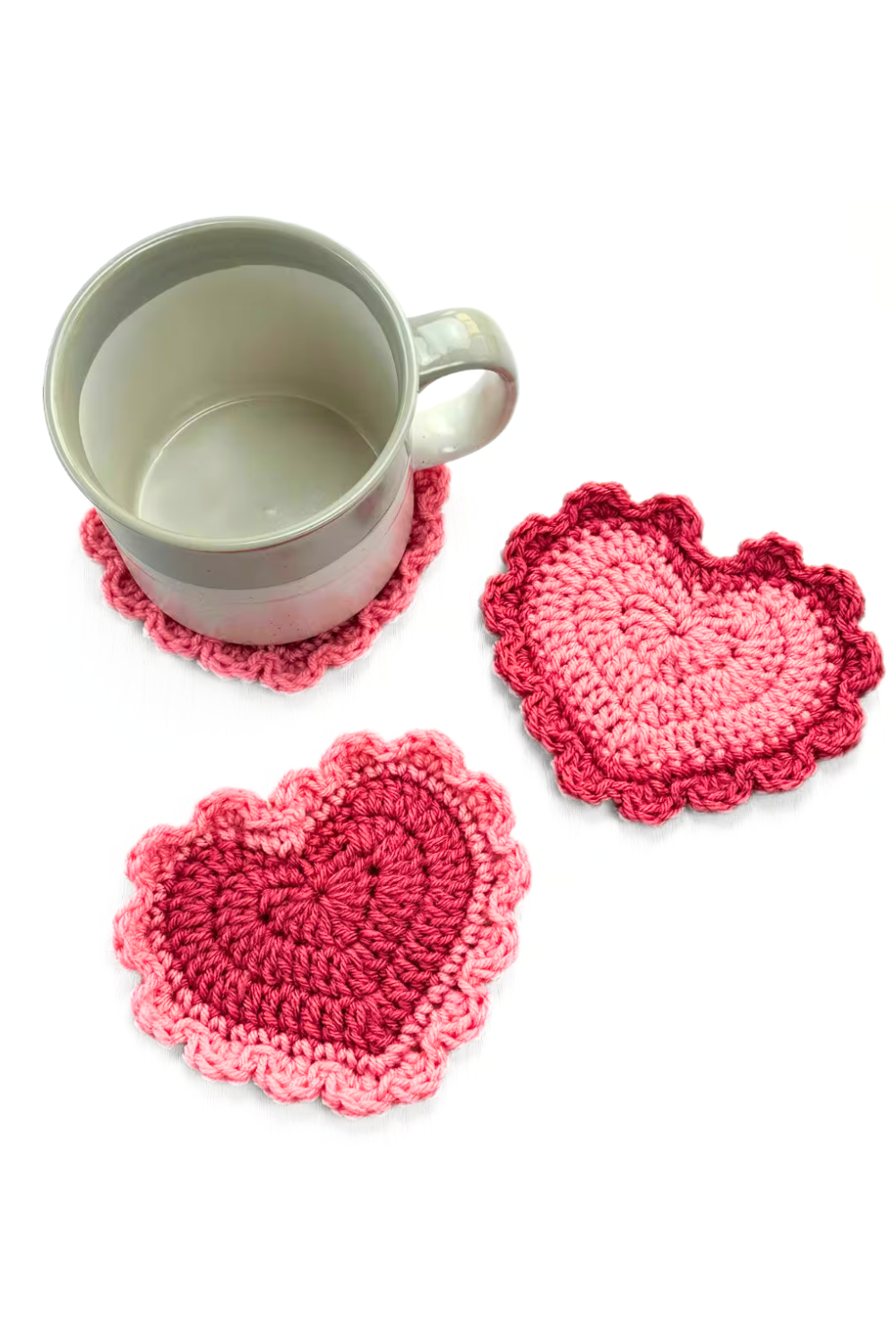Working on a crochet project only to discover that the edges are starting to curl can be quite frustrating. But rest assured, you’re not alone in facing this issue. Curling in crochet projects is a common problem experienced by many crochet enthusiasts, regardless of their skill level. In this article, we’ll delve into the reasons behind crochet curling and provide solutions to fix and prevent it from happening in the future.
What Causes Curling in Crochet?
Uneven Tension
A primary cause of crochet curling is uneven tension. If the yarn is being pulled too tight or too loose, it can lead to inconsistent stitches, which in turn cause the work to curl.
Inconsistent Stitch Sizes
Variations in stitch sizes can contribute to the curling problem in crochet projects. If some stitches are looser than others, it can result in an uneven final product that curls.
Incorrect Hook Size
Using an inappropriate hook size for a given project can negatively impact the tension and stitch size, leading to a crochet piece that curls. Here are some points to consider when choosing the right hook size:
- Yarn weight: The yarn weight plays a significant role in determining the appropriate hook size. Thicker yarns generally require larger hooks, while thinner yarns need smaller hooks.
- Gauge swatch: Creating a gauge swatch before starting your project can help ensure you’re using the correct hook size. If your gauge swatch doesn’t match the recommended measurements, adjust your hook size accordingly.
- Personal tension: Keep in mind that individual tension can affect the hook size needed for a project. If you tend to crochet tightly, you may need a larger hook than recommended, whereas if you crochet loosely, a smaller hook might be more suitable.
Yarn Properties
Different yarn types have unique characteristics, and some are more prone to curling than others. For example, yarns that are slippery or stiff can make a crochet project curl more easily. Here are some factors to consider when choosing yarn:
- Fiber content: The fiber content of a yarn can impact its curling tendency. Natural fibers like cotton, wool, and bamboo are generally more flexible and less prone to curling than synthetic fibers like acrylic or polyester.
- Yarn texture: The texture of the yarn can also play a role in curling. Smooth and slippery yarns, such as silk or some synthetic blends, can be more challenging to maintain consistent tension with, leading to curling. On the other hand, textured yarns like boucle or chenille might be less prone to curling but could present other challenges in stitch definition and consistency.
- Yarn twist: The twist of the yarn can affect its curling propensity as well. Tightly twisted yarns may create more tension in your stitches, leading to curling, while loosely twisted or plied yarns might be more forgiving in terms of tension and curling issues.
How to Fix Crochet Curling

Tension Adjustment
Evaluating Your Grip
A tight grip on the crochet hook can cause tension issues. Consider holding the hook more loosely or modifying your grip style to alleviate tension-related problems.
Tension Experimentation
Experiment with your tension by consciously crocheting looser or tighter stitches. This can help you identify the optimal tension for your project, which will help prevent curling.
Consistent Stitch Sizing
To ensure consistent stitch sizes, be mindful of your stitch dimensions while working. Making sure that each stitch is the same size can help avoid curling.
Selecting the Appropriate Hook Size
It’s crucial to choose the correct hook size for your yarn and project. Check the yarn label for the suggested hook size and, if necessary, create a gauge swatch to ensure you’re using the proper hook.
Opting for the Right Yarn
Select yarns with characteristics that are less likely to curl. Opt for softer, more flexible yarns to help minimize curling. Additionally, consider the stitch pattern being used, as certain patterns may be better suited to specific yarn types.
Blocking Your Crochet Piece
Blocking is a technique that can reshape your crochet work and significantly reduce curling.
For an in-depth guide to crochet blocking, check out our article What is Crochet Blocking? Blocking 101.
Wet Blocking
For wet blocking, immerse your crochet piece in water, gently squeeze out excess water, and pin it to a blocking mat or towel in the desired shape. Allow it to air dry completely.
Steam Blocking
Steam blocking is suitable for heat-sensitive or delicate yarns. Pin your crochet piece to a blocking mat or towel and use a steamer or steam iron (without touching the work) to apply steam evenly. Allow it to dry completely.
Spray Blocking
For spray blocking, pin your crochet work to a blocking mat or towel in the desired shape. Spray it with water until damp, and then let it air dry.
Tips to Prevent Crochet Curling
Regular Practice
Practicing your crochet techniques consistently can help improve your tension control and stitch consistency, which in turn can reduce the chances of curling.
Being Aware of Materials
Be mindful of the yarn and hook you’re using for your projects. Choose materials that complement each other and are appropriate for the stitch pattern you’re employing.
For more on choosing the best materials, check out our articles:
The Ultimate Guide: The Best Crochet Hooks for Every Need
Is Acrylic or Cotton Yarn Better for Crochet?
Maintaining a Swatch Journal
Keeping a swatch journal can help you identify which patterns and techniques work best with specific yarns and hooks. This can serve as a valuable reference for future projects, helping to minimize curling issues.
Final Thoughts
Crochet curling can be an annoying problem, but understanding its causes and applying the right techniques can help you overcome it. Make sure to adjust your tension, maintain consistent stitches, choose the correct hook size, select the appropriate yarn, and block your work when necessary. With time and practice, you’ll be well on your way to creating beautiful, curl-free crochet projects.
FAQs
- Why do certain stitch patterns cause more crochet curling? Some stitch patterns, such as single crochet, produce a tighter fabric that is more prone to curling. Experiment with different stitch patterns to find one that is less susceptible to curling.
- Can altering my crochet style help prevent curling? Yes, changing your crochet style or grip can help improve tension control, which can reduce the likelihood of curling.
- What types of yarn are less likely to cause curling? Softer, more flexible yarns tend to curl less compared to stiffer or slippery yarns. Be mindful of a yarn’s properties when selecting one for your project.
- Is crochet curling an indication of a lack of skill or experience? Not necessarily. Curling can happen to anyone, regardless of their skill level. However, practicing your crochet techniques and applying the tips provided in this article can help reduce curling issues.
- Do I always need to block my crochet work to prevent curling? Blocking is a helpful technique for reducing curling, but it may not be necessary for every project. Implementing proper tension control, consistent stitches, and suitable materials can help prevent curling without the need for blocking.
-
Garden Fairy Crop Top FREE Crochet Pattern
Want the full AD-Free, printable PDF version of this pattern? Click here to get it on Etsy The Garden Fairy Top is a fantastical and…
-
Easy Crochet Granny Square Pattern + Video Tutorial
Mastering the crochet granny square is a great way to build your crochet skills while creating a timeless design that’s perfect for a wide variety…
-
Easy Crochet Heart Coaster FREE Pattern
Add a sweet touch to your home decor with this Easy Crochet Heart Coaster pattern! Perfect for Valentine’s Day or any time you want to…


